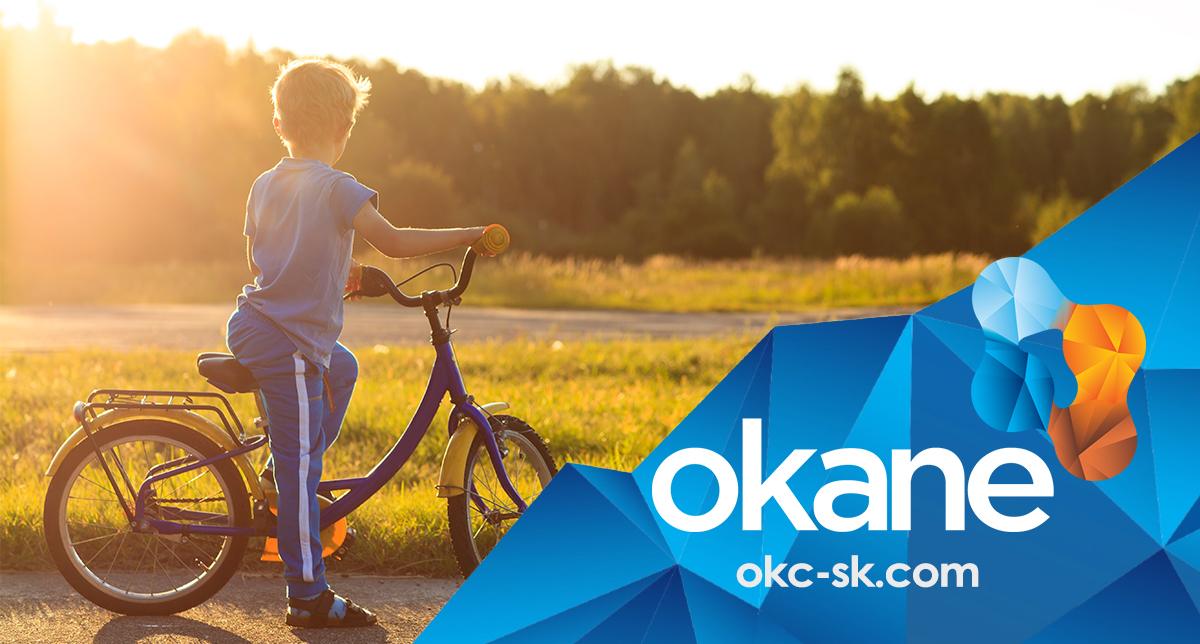- July 2, 2020

It’s like riding a bike
As engineers and scientists, we love the details. We’ll dive deep right into numbers and calculations and come back up for air wondering why no one else has even gotten their ankles wet. This is a common challenge when developing a mine closure plan. Closure teams start with the details and end up drowning.
What if instead, we approached closure planning like learning to ride a bike?
When you teach your child how to ride a bike do you start by explaining the required equilibrium balance forces, the frictional loses employed to brake, the counter steering and lean required to turn? No, of course not. (If you do, I’d really love to meet your kids!)
You start by explaining the big picture, like “keep pedaling”, “put your foot down if you’re going to fall”. Then they try. Sure, they’ll probably fall once or twice, and you’ll show them what they need to correct for, and then they try again. As you advance, maybe you add more information like “look out for that big rock there- see if you can steer around it”, or “that’s a pretty steep hill, what gear should you shift to in order to climb it?”. Whether you realize it or not, you’re helping them identify potential failure modes or risks, and mitigations. Likely you’ll help them plan some safe routes to travel, maybe even teach them how to pump up the tires if they get low or how to grease the chain. Eventually they’ll start to master the skill with no complex physics models in sight!
We take the same approach to mine closure planning. First start with the big picture, “what is the returning land use”, “what are the closure objectives”, “who are the key stakeholders”. We build a conceptual model (a base case) using the information available and asking ourselves “if we had to implement our closure plan tomorrow, what would we do”. Then we take the conceptual model (base case) for a spin, running it through our Failure Modes and Effect Analysis (FMEA) workflow. The FMEA identifies potential failure modes and quantifies risk with a singular risk profile. Inevitably, the conceptual model(base case) will require enhancement, and we’ll start progressing into the details of the failure modes, identifying appropriate and fit for purpose mitigations to implement. Then we take the enhanced conceptual model through the process again. Likely we’ll identify some specific studies or site-specific monitoring to inform and further enhance the conceptual model. As the project progresses and the asset operations grow, the potential failure modes “live through time” and can be re-visited, throughout the mine life cycle. At every stage of the asset life, you end up with a robust and fit for purpose closure plan and cover system design that identifies and communicates the reality of risks around closure, and optimizes operations to truly implement progressive closure; in short, an approach that fits your site-specific requirements. The liabilities are managed, and the process is controlled, documented, communicated and auditable all the way from the start to the finish.
So next time you find yourself underwater in a sea of closure studies and complex numerical models, give us a call. When we’re finished, maybe we can all go for a bike ride.
